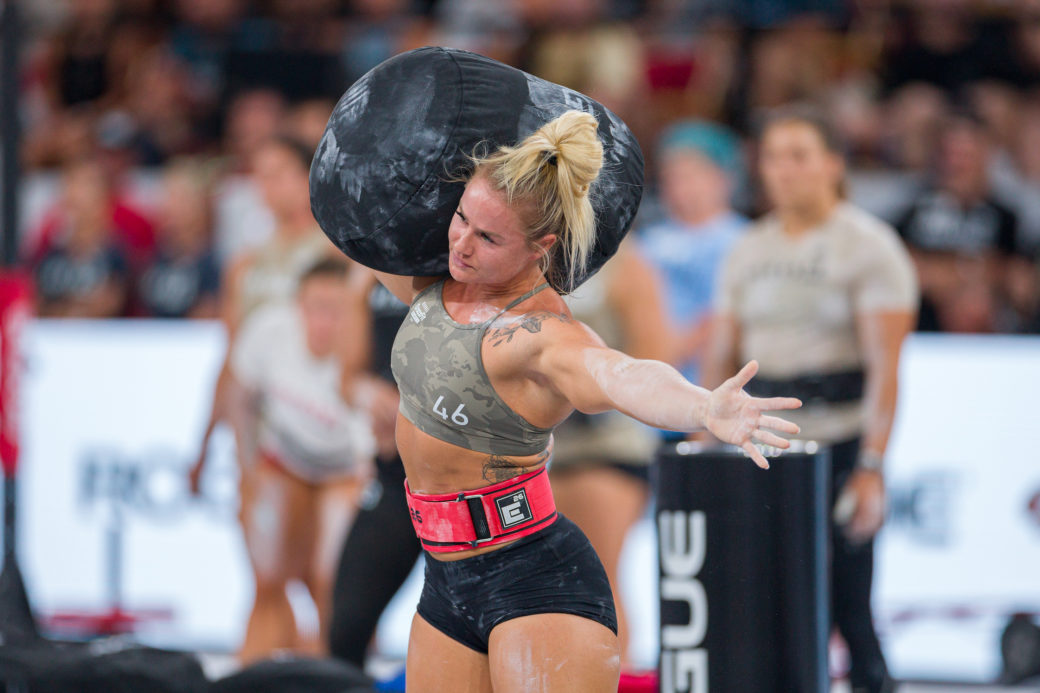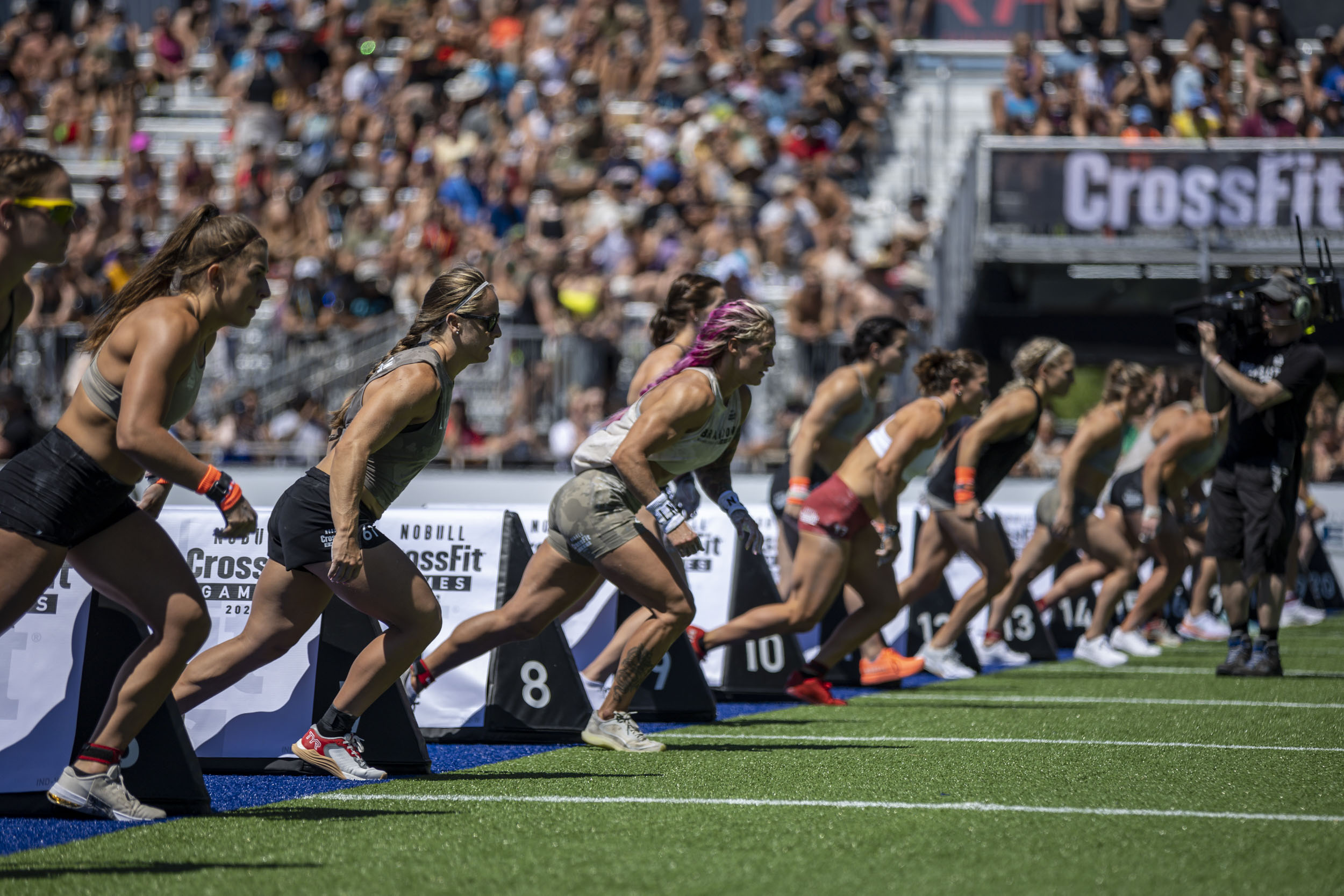The History and Evolution of the CrossFit Games Death

The CrossFit Games Death, a grueling and iconic event, has evolved significantly since its inception. It has become a symbol of the CrossFit community’s dedication to pushing physical and mental limits. This event’s history reflects the evolution of CrossFit itself, from its early days to its current status as a global phenomenon.
Origins and Early Years
The CrossFit Games Death originated in 2007 as a single event within the CrossFit Games. It was initially designed as a test of endurance and grit, with athletes facing a series of demanding exercises performed for time. The original Death event involved a combination of exercises like squats, pull-ups, and deadlifts, with athletes completing as many rounds as possible within a set time limit. This format was meant to challenge athletes’ physical capabilities and mental fortitude, pushing them to their limits.
Key Changes in Format and Scoring
The CrossFit Games Death has undergone significant changes in format and scoring over the years.
- The original format involved completing as many rounds as possible within a set time limit.
- In later years, the event has evolved to include a variety of scoring methods, including time, reps, and even points.
- The number and types of exercises have also changed, with the event becoming increasingly complex and demanding.
The event has also incorporated elements of other CrossFit disciplines, such as gymnastics and weightlifting, further increasing its complexity and appeal.
Impact on the CrossFit Community
The CrossFit Games Death has had a profound impact on the CrossFit community. It has become a benchmark of fitness, with athletes aspiring to conquer this challenging event. The event has also served as a platform for showcasing the unique skills and athleticism of CrossFit athletes, contributing to the sport’s growing popularity.
Timeline of Major Milestones
The CrossFit Games Death has undergone a significant evolution over the years.
| Year | Key Event |
|---|---|
| 2007 | The first CrossFit Games Death event is held, featuring a combination of squats, pull-ups, and deadlifts. |
| 2010 | The event is expanded to include a variety of scoring methods, including time, reps, and points. |
| 2012 | The event is renamed to “Death by…” with the “…” replaced by a specific exercise or movement. |
| 2015 | The event becomes a staple of the CrossFit Games, with athletes facing a new and challenging Death event each year. |
The Physical and Mental Demands of the CrossFit Games Death

The CrossFit Games Death, a grueling event that has become synonymous with the CrossFit Games, demands a unique blend of physical and mental strength. It pushes athletes to their absolute limits, testing their endurance, power, and resilience. The Death is not just a test of physical prowess but also a mental battle against fatigue, doubt, and the pressure of performing under intense scrutiny.
Physical Demands
The physical demands of the CrossFit Games Death are immense, requiring a combination of strength, power, endurance, and cardiovascular fitness. Athletes must be able to perform high-intensity movements for extended periods, often with minimal rest. The event typically consists of multiple rounds of demanding exercises, including:
- Heavy weightlifting: The Death often includes heavy barbell movements like deadlifts, squats, and overhead presses, demanding significant strength and power.
- Metabolic conditioning: Athletes must be able to handle high-intensity, metabolically demanding exercises like burpees, box jumps, and rowing, pushing their cardiovascular system to its limits.
- Gymnastics movements: Gymnastics movements like handstand push-ups, pull-ups, and muscle-ups are often included, requiring strength, flexibility, and coordination.
The intensity of the Death is amplified by the limited rest periods between rounds. Athletes must be able to recover quickly and maintain their performance level throughout the event. The duration of the Death can vary, but it typically lasts for several minutes, pushing athletes to their physical and mental breaking point.
Mental Demands
The mental challenges of the CrossFit Games Death are just as demanding as the physical ones. Athletes face intense pressure to perform at their best, knowing that every rep counts. The fatigue from the demanding movements and the constant pressure can lead to mental exhaustion and doubt.
- Pressure: The Death is often a defining event at the CrossFit Games, with athletes knowing that a strong performance can propel them to the top of the leaderboard. This pressure can be overwhelming, leading to anxiety and a heightened sense of urgency.
- Fatigue: The Death is designed to push athletes to their physical limits, leading to extreme fatigue. This fatigue can impact decision-making, leading to poor technique and reduced performance.
- Strategy: Athletes must develop a strategic approach to the Death, balancing the need for speed and efficiency with the need to maintain proper form and avoid injury. This requires a deep understanding of their strengths and weaknesses and the ability to adapt to the changing demands of the event.
Comparison to Other CrossFit Events, Crossfit games death
The CrossFit Games Death is widely considered one of the most demanding events at the Games, due to its combination of intensity, duration, and variety of movements. While other CrossFit events may test specific skills, the Death requires a well-rounded skill set, encompassing strength, power, endurance, and mental toughness.
Training Program for the CrossFit Games Death
Preparing for the CrossFit Games Death requires a comprehensive training program that addresses both physical and mental demands. Here is a sample program that can be tailored to individual athletes:
- Strength Training: Focus on building a solid foundation of strength in key movements like squats, deadlifts, presses, and pull-ups. Use a variety of weightlifting methods, including heavy lifting, powerlifting, and Olympic lifting.
- Metabolic Conditioning: Incorporate high-intensity interval training (HIIT) to improve cardiovascular fitness and build endurance. Focus on exercises that mimic the movements found in the Death, such as burpees, box jumps, and rowing.
- Gymnastics: Train gymnastics movements like handstand push-ups, pull-ups, and muscle-ups to develop strength, flexibility, and coordination. Use a progressive approach, gradually increasing the difficulty of the movements.
- Mental Toughness: Develop mental resilience through practices like mindfulness, visualization, and exposure to stressful situations. Train with the intensity and duration of the Death in mind, simulating the pressure and fatigue of the event.